Issai Beautyberry
$69.50 Original price was: $69.50.$48.65Current price is: $48.65.
- Free Shipping over $25
- Fast & reliable delivery options
- Enjoy top quality items for less
- Multiple safe payment methods

The best gardens go beyond the everyday in their plants, and if you want to create unique, beautiful and fascinating landscapes, something different and special is needed. You certainly get that – on an easy-care plant – when you grow the Issai Beautyberry. This group of plants is sadly under-used, so let’s change that, starting with one of the easiest to grow, noted for how quickly it matures, and how profusely it produces the amazing violet berries that make beautyberries so unique. We have an American one, but sadly it won’t grow in cooler areas. The Issai Beautyberry will, though, even in zone 5. Any winter damage doesn’t matter, because this plant blooms and makes berries on new stems that grow out each spring. It forms a striking mound of hanging stems, creating a soft, mounding and cascading look, and those berries really are unique and frankly amazing. For a great fall highlight, look no further.
Growing the Issai Beautyberry
Size and Appearance
The Issai Beautyberry is a deciduous shrub that grows into a broad mound of branches, about 3 or 4 feet tall and spreading to perhaps 5 feet wide. Each year it produces an abundance of long leafy stems, and these arch outwards and down, especially by fall when the weight of the berries pulls them down. This creates a fascinating semi-cascading profile to the plant. The leaves are in pairs along the stems, each one 3 or 4 inches long, smooth, oval and tapering to an elegant point. The leaves are mid-green, turning light yellow in fall.
This variety is known for how soon it begins to bloom, so within a season or two you will see clusters of pale-pink flowers opening all along the stems, at the base of every leaf. These are inconspicuous, but soon they turn into slightly pendulous clusters of green berries, about ⅛ of an inch across. These are abundant, weighing down the branches, and by September – much earlier than other beautyberry bushes – they will turn an amazing rich shade of violet-purple. They become even more showy once the leaves fall, and throughout October the display is simply stunning – fountains of cascading purple. The bare branches, laden with berries, are also terrific in a vase, alone or as part of a flower arrangement.
Using the Issai Beautyberry in Your Garden
To get the best out of your garden, extending interest into the fall is important, and the Issai Beautyberry is perfect for that. It looks great with all other plants with berries, making wonderful color-contrasts with firethorn’s (Pyracantha) orange or yellow berries, and with the orange-reds of cotoneasters and winterberry (Ilex verticillata). Along with fall leaves, you can bring your garden to a stunning, vibrant seasonal climax. The Issai Beautyberry is perfect for casual gardens, but it looks just as much at home in more structured settings. Plant it on terraces or slopes, to make the most of its cascading structure. For group plantings, which probably produce bigger berry crops than solitary plants, space plants about 3 feet apart. In warmer zones you can also grow this bush as a container plant, along with other flowering shrubs.
Hardiness
This beautyberry grows best in zones 6, 7 and 8. It will grow in cooler parts of zone 9 too, especially in the northwest. It can be grown in zone 5 too, in a sheltered place, especially where you have cooler summer growing conditions. Winter damage won’t reduce fruiting, as it blooms on new growth.
Sun Exposure and Soil Conditions
Full sun is perfect for the Issai Beautyberry, if the soil is not too dry, and gives the biggest berry crops. But it will also grow well in partial shade, making it ideal in woodland settings. It grows best in moist, well-drained soils, but it does fine in poor soils too, and tolerates urban conditions just fine – perfect for a town garden. It grows in both lime and acid soils.
Maintenance and Pruning
You won’t see problems with pests or diseases when you grow the Issai Beautyberry, but it will benefit from an annual pruning. Do this in spring, just before the new growth begins. Remove any dead branches first, and then trim back the branches from the year before, leaving a few inches at the base, with some buds. You can cut back almost to the ground for a smaller bush, or leave a taller framework of permanent branches for a larger one. That’s all it takes – and don’t trim the new branches at all in summer.
History and Origin of the Issai Beautyberry
Beautyberries, Callicarpa, are another of the many groups of plants that grow in both North America and China. They are all shrubs, growing all through East Asia, with one species here in America. Callicarpa dichotoma is a low shrub that can be found growing wild in forests on the mountains of China and Japan. The variety called Issai is distinguished by its profuse crops of berries, and for blooming while still young. Like the similar variety ‘Early Amethyst’ it ripens its berries sooner in fall than the wild plants do – allowing us to enjoy these lovely bushes for a longer time. Issai was registered in the Netherlands in 2011, but we don’t know who developed it.
Buying the Issai Beautyberry at the Tree Center
If you haven’t grown the beautyberry before – or even if you have – you don’t want to wait a long time to enjoy your first profuse violet harvest. That’s why you should choose the Issai Beautyberry, for its quick and heavy crop. It’s always a popular variety, so order now, while our limited supply is still available.
Be the first to review “Issai Beautyberry” Cancel reply
Related products
Pieris
Ornamental Grasses
Drift® Roses
Butterfly Bush
Rhododendron
Boxwood Shrubs
Hydrangeas
Hydrangeas


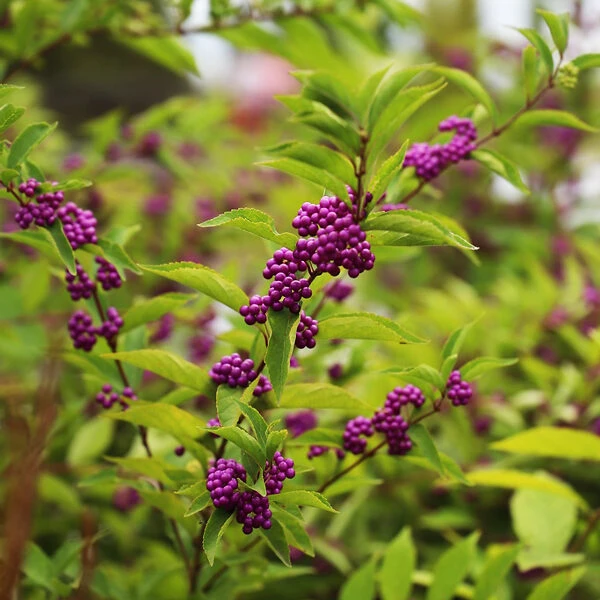
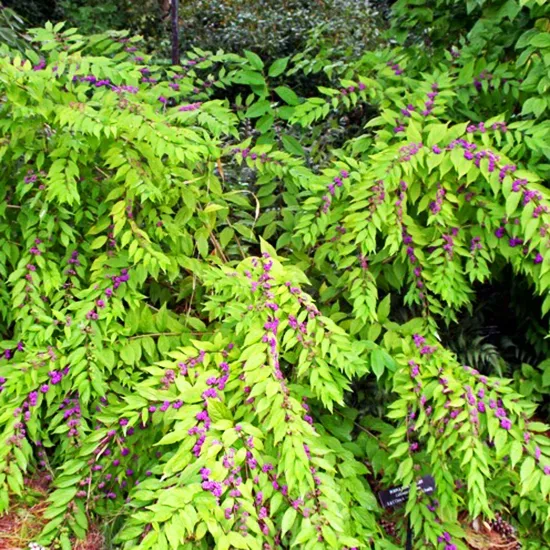
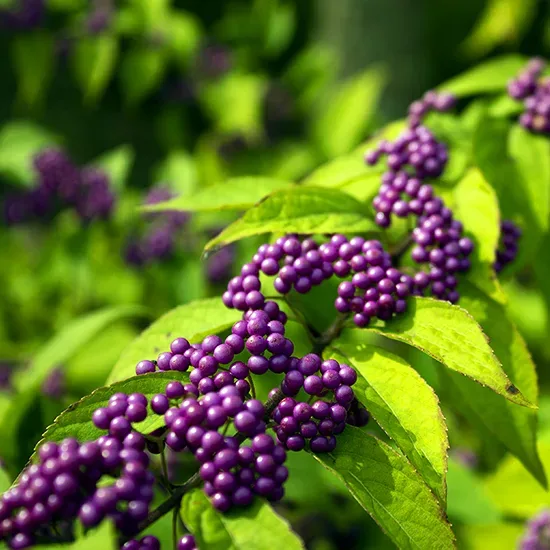
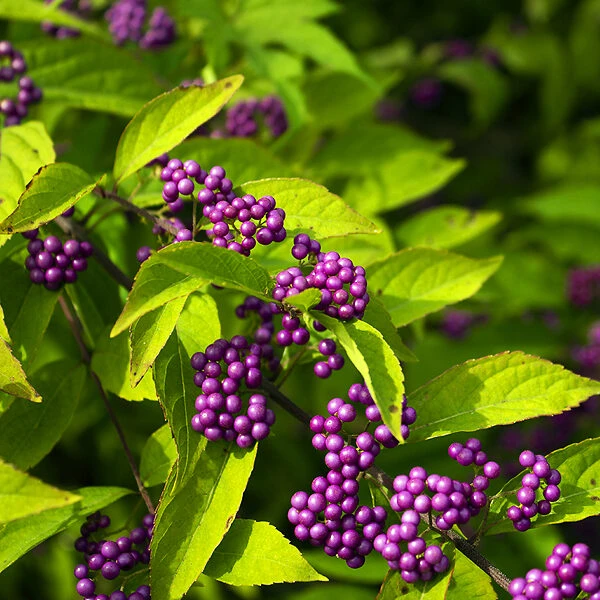

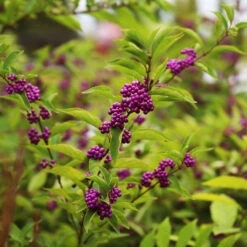

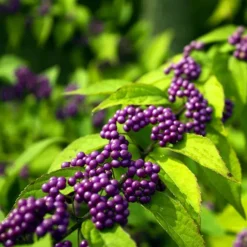
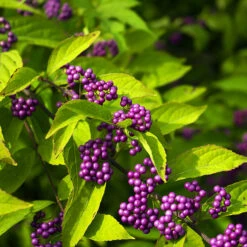

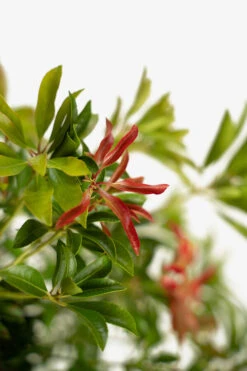
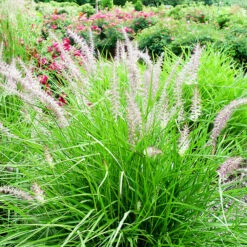
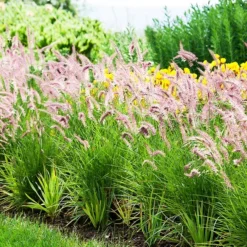
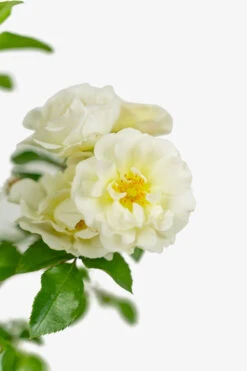
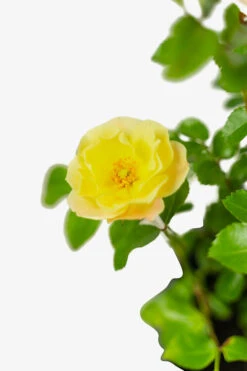



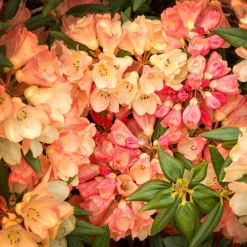
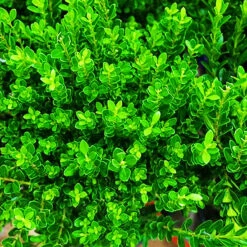

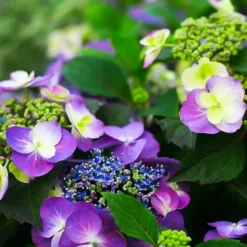
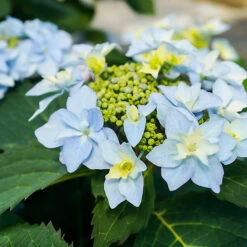
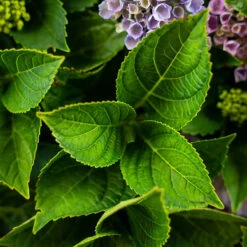
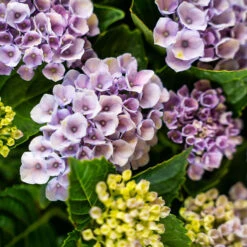
Reviews
There are no reviews yet.